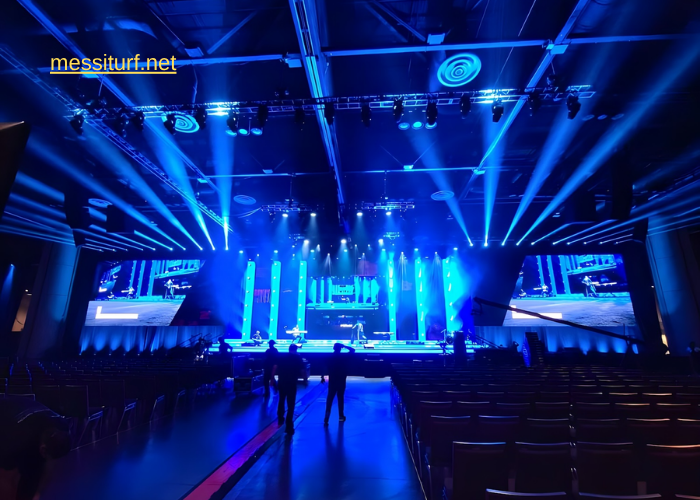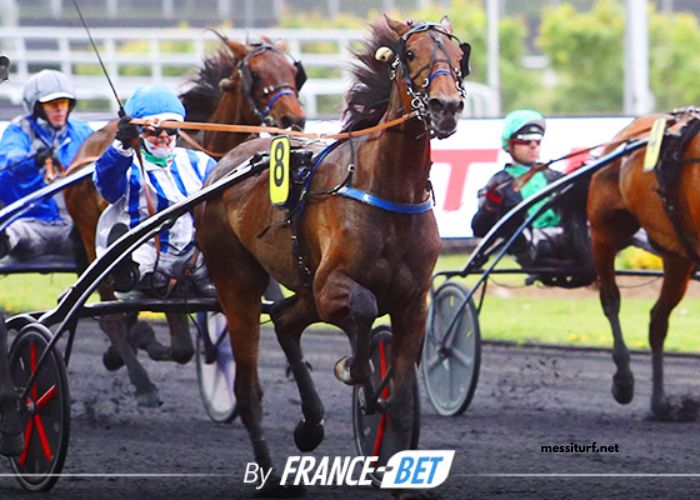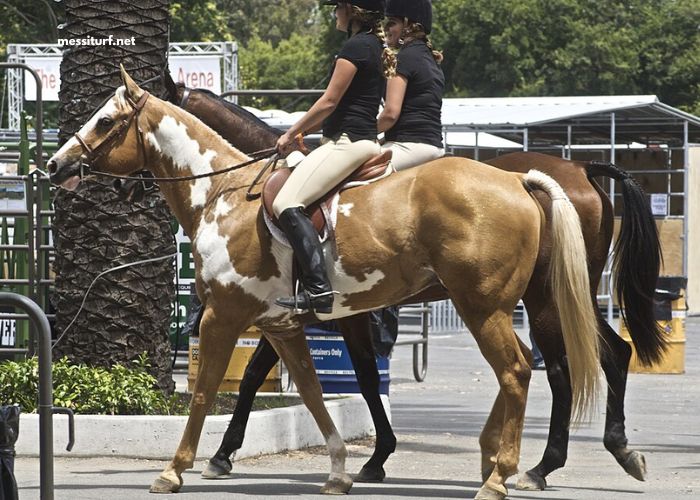Visual effects (VFX) have become an essential part of the filmmaking process. From the earliest days of George Méliès’s A Trip to the Moon in 1902, filmmakers have sought to create an image or effect that could not be achieved in the real world. Visual effects are used to create environments that don’t exist in the real world, enhance existing environments, or to create the illusion of fantastic creatures and objects. This is particularly true in the case of blockbuster movies, where VFX is used to create an immersive and spectacular experience for audiences. In this article, we’ll look at what visual effects are, their place in blockbuster movies, the challenges of creating VFX, and the techniques used to create these spectacular visuals.
What is Visual Effects (VFX) and Its Place in Blockbuster Movies
Visual effects, or VFX as it is sometimes called, is the process of creating images or effects that would be impossible to achieve in the real world. In the case of blockbuster films, VFX is used to create spectacular environments and effects that are not only visually stunning but also narratively compelling. From the awe-inspiring worlds of Avatar to the epic battle scenes in Lord of the Rings, VFX has allowed filmmakers to create immersive cinematic experiences that would not be possible without it.
The Challenges of Creating VFX for Movies
Creating VFX for movies is a complex and challenging process. Not only does the team need to create the visuals, they also need to make sure the effect blends seamlessly into the rest of the film. This requires a deep understanding of the story and the world of the film, as well as an understanding of how the effect will interact with the rest of the film. In addition, creating VFX requires a great deal of technical skill and knowledge, as well as a deep understanding of the software and tools being used.
VFX Techniques Used in Blockbuster Movies
The techniques used to create VFX for blockbuster movies can vary widely, depending on the type of effect being created. Some of the most common techniques used are:
- Motion capture: This technique is used to create realistic movements for characters, creatures, and objects in the film. Actors are outfitted with motion-capture suits and their movements are recorded and then used to animate the characters.
- Computer-generated imagery (CGI): This is a technique used to create 3D environments, objects, and characters from scratch. It is used to create worlds and creatures that don’t exist in the real world.
- Matte painting: This is a technique used to create large-scale environments, such as a city skyline or a desert landscape. It involves painting a scene on a large canvas and then photographing it to be used as a background in the film.
- Compositing: This is the process of combining multiple elements, such as a character, a background, and an effect, into a single image. This is an essential part of creating VFX for movies.
- Visual effects software: There are a variety of software programs used to create VFX for films. These programs allow the VFX team to create and manipulate the elements of a scene in order to create the desired effect.
Conclusion
Visual effects (VFX) have become an essential part of blockbuster movies, providing filmmakers with the tools to create spectacular effects and immersive worlds. Creating VFX for movies is a complex and challenging process that requires a deep understanding of the story and the world of the film, as well as a great deal of technical skill and knowledge. There are a variety of techniques used to create VFX for movies, including motion capture, CGI, matte painting, compositing, and visual effects software. By utilizing these techniques, filmmakers can create stunning visuals that transport audiences to other worlds and create unforgettable experiences.




